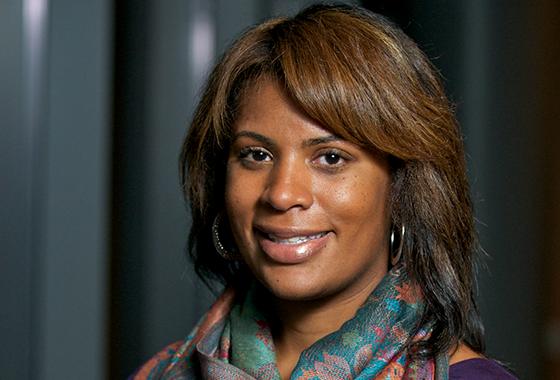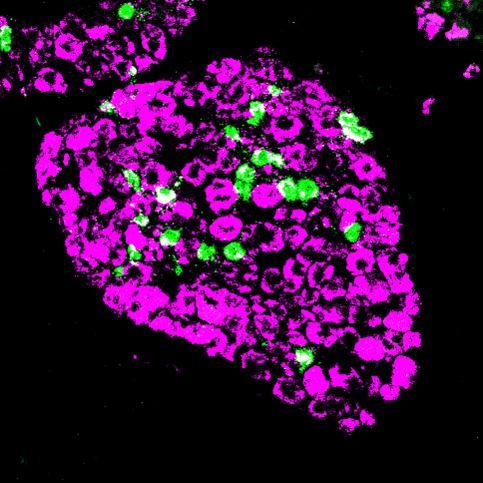Presidential award
IMAGE: Matthew Walsh, an associate professor of biology at The University of Texas at Arlington, was named a recipient of the Presidential Early Career Award for Scientists and Engineers (PECASE) by… view more Matthew Walsh, an associate professor of biology at The University of Texas at Arlington, was first drawn to environmental sciences and biology when…










